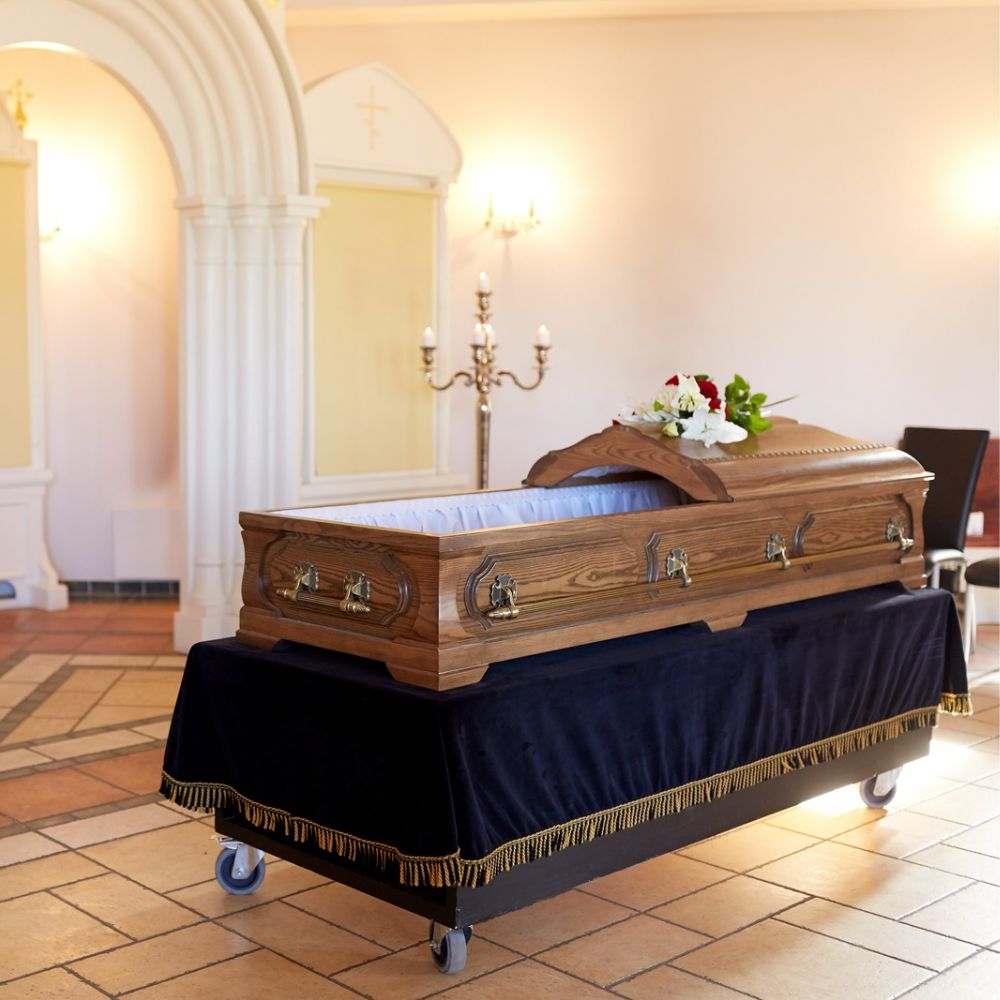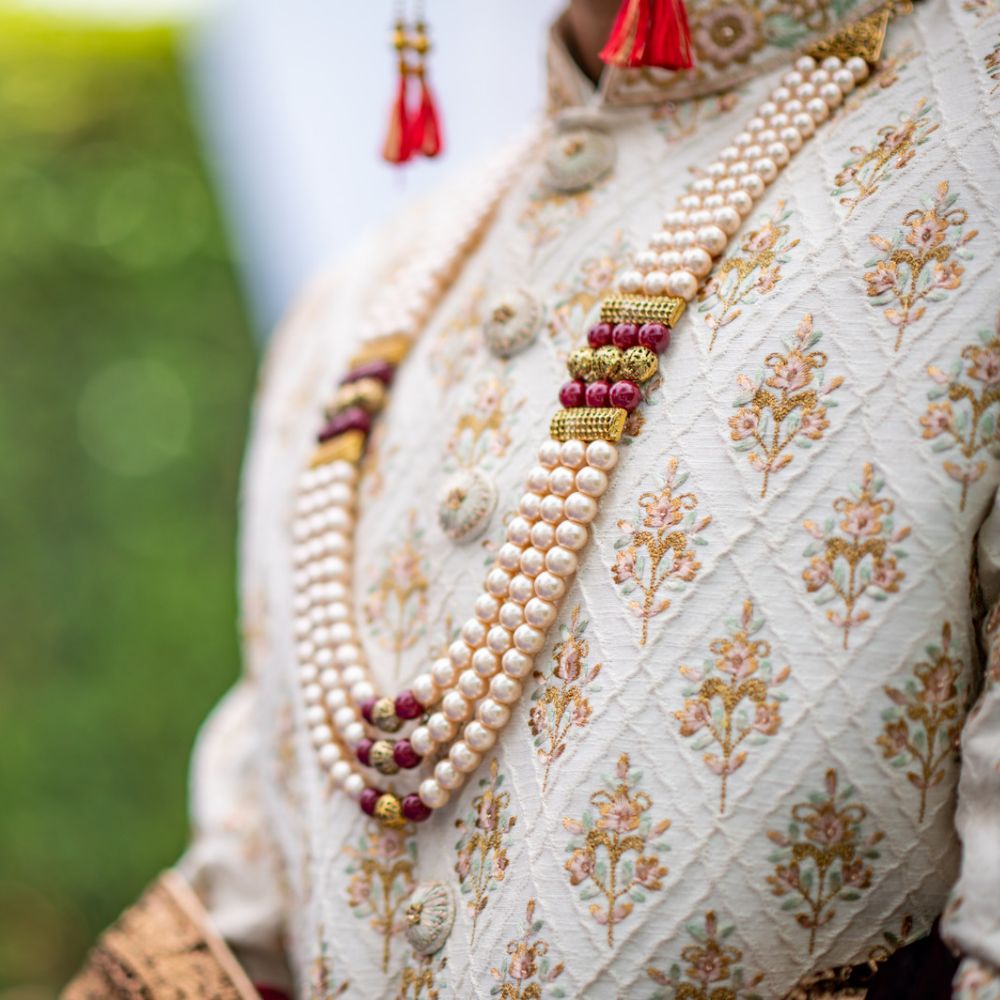All Articles & Guides / Funerals & Celebration of Life /Funeral Etiquette - Viewing & Visitation Tips
Funeral Etiquette - Viewing & Visitation Tips
Although death is a part of everyone’s life, not all of us have a lot of experience dealing with the ceremonies and customs surrounding an individual’s passing. There are specific funeral etiquette protocols to abide by although these vary by culture and custom. You may find yourself invited to a funeral viewing or visitation, a wake, or a memorial service for someone who has recently passed. It can be helpful to know the differences between these services before you attend, as well as the appropriate wake vs viewing etiquette so that you know what to expect.
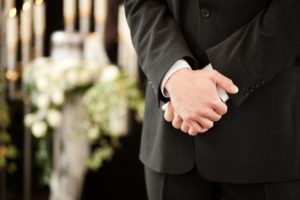
What's the Difference Between a Memorial Service, a Wake, a Visitation, and a Viewing?
Let’s examine the different types of events that are held to pay tribute and honor the deceased.
What is a Memorial Service?
A memorial service is a gathering in which the family and friends of the deceased are invited to come together to remember the person who has passed. This type of service typically takes place after the funeral, so the body is usually not present, although a funeral urn may be, if the deceased was cremated. Often, there will be prayers, songs, and a eulogy. Mourners should dress the way that they would for a funeral.
What is a Visitation?
A visitation is a period of time in which friends and acquaintances are invited to meet with the family of the deceased and offer their condolences. Most visitations are held at the funeral home or the family’s home before the funeral itself. Depending on the wishes of the family, the body may be present – although this is more common during viewings and wakes. You should dress nicely, according to visitation etiquette but not necessarily as formally as you would for a funeral.
What is a Viewing?
A coffin may be present at a viewing or wake, and less commonly at a visitation. During a viewing, the body of the deceased is present, often in an open casket. The deceased will have been embalmed and prepared by the funeral home, in most cases, and otherwise ready for the burial or cremation. This is an opportunity to see the deceased one last time and say your quiet goodbyes. The viewing typically occurs right before a funeral so family and friends can be present.
What is a Wake?
A wake is often very similar to a viewing, and the two terms are sometimes used interchangeably. The main difference is often that a wake is more religious, and may include a prayer, scripture reading, or rosary said at the beginning and end. A wake may also be more of a social event than a viewing, with a group gathering to honor the deceased before the funeral. The term “wake” comes from an Old English term that means to keep watch.
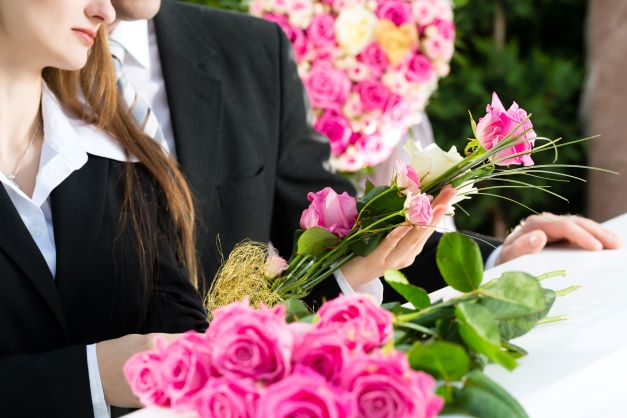
Memorial Service Etiquette
A memorial service can be very similar to a funeral in many ways so memorial service etiquette is like funeral etiquette. Treat the service with respect and solemnity. The service may be held at a funeral home, a church or other house of worship, virtually, or outdoors. Dress relatively formally and conservatively, in dark or muted colors – you don’t want to draw attention to yourself. There will typically be a set order of events, along with a eulogy, prayers or poem readings, and occasionally speeches. It’s good memorial service etiquette to arrive on time, stay until the end of the service, leave your cell phone on silent and in your pocket, and to pay your respects to the family before leaving.
Visitation Etiquette
Visitation etiquette depends in part on where the service is taking place and how long it is set to run for. In many cases, the family will hold the visitation in their home, although they may set a specific time at the funeral home. Dress nicely, but you don’t need to be too formal. The standard protocol for a funeral visitation is to stop by, introduce yourself to the family (if needed) and pay your condolences, and then leave after a short period of time.
How long you need to stay or should stay depends on several factors, such as how well you know the family, how busy they are, how much they seem to want company, and where the visitation is taking place. If you’re visiting in someone’s home, it may be more appropriate to stay for a slightly longer period of time as you talk about the deceased. Take your cues from other guests and the family and don’t overstay your welcome.
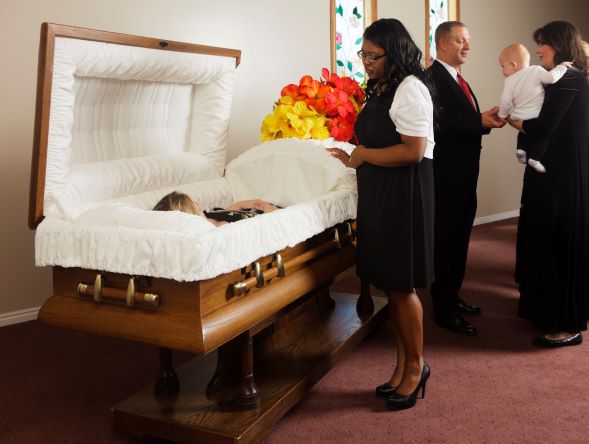
Funeral Viewing Etiquette
You are not required to actually view the body at a funeral viewing. Many people are a bit uncomfortable with the idea of attending a viewing, but keep in mind that funeral viewing etiquette does not require you to actually look at or spend time with the deceased if you are not comfortable doing so. You should be prepared for the deceased to be in the room with you, however, and for the possibility of an open casket, which is very common.
In many cases, a viewing is not a religious service, so there may not be a formal prayer said or even any type of formal order of events. This is simply a time for you and others who knew the deceased and his or her family to stop by and say a last goodbye. A viewing will often last for several hours and you should not feel obligated to show up at the beginning or stay for the entire time. Wear relatively formal, conservative clothing, and remember to give your condolences to any family members who are present. You may want to stay for a little while to speak with other mourners about the deceased.
If you do decide to view the body, wait for a moment when no one else is with the deceased – or stand quietly nearby until other people have finished so as not to disturb them. Take a few moments to stand by the casket. You may want to kneel, say a prayer, say a few words silently to yourself about the deceased, or simply bow your head for a moment of silence. There is no need to linger; simply spending a minute or two in silent respect for the deceased is perfectly fine.
Wake Etiquette
For many people, the idea of a wake suggests an uplifting event, where people drink and toast the deceased. This is often associated with the traditional Irish wake, which was a celebration of the person’s life and their passing on to the afterlife. This type of wake is often held in the home of the deceased, with the body present, and friends and family are invited. Everyone can share stories and memories of the deceased, as well as offering their condolences to the family.
If you’re invited to a wake, it’s common for some sort of refreshment to be offered. Depending on the family, it may be a largely religious affair. Wakes are similar to viewings, and part of good funeral wake etiquette is to have a few favorite stories to tell about the deceased and words of condolence for the family.
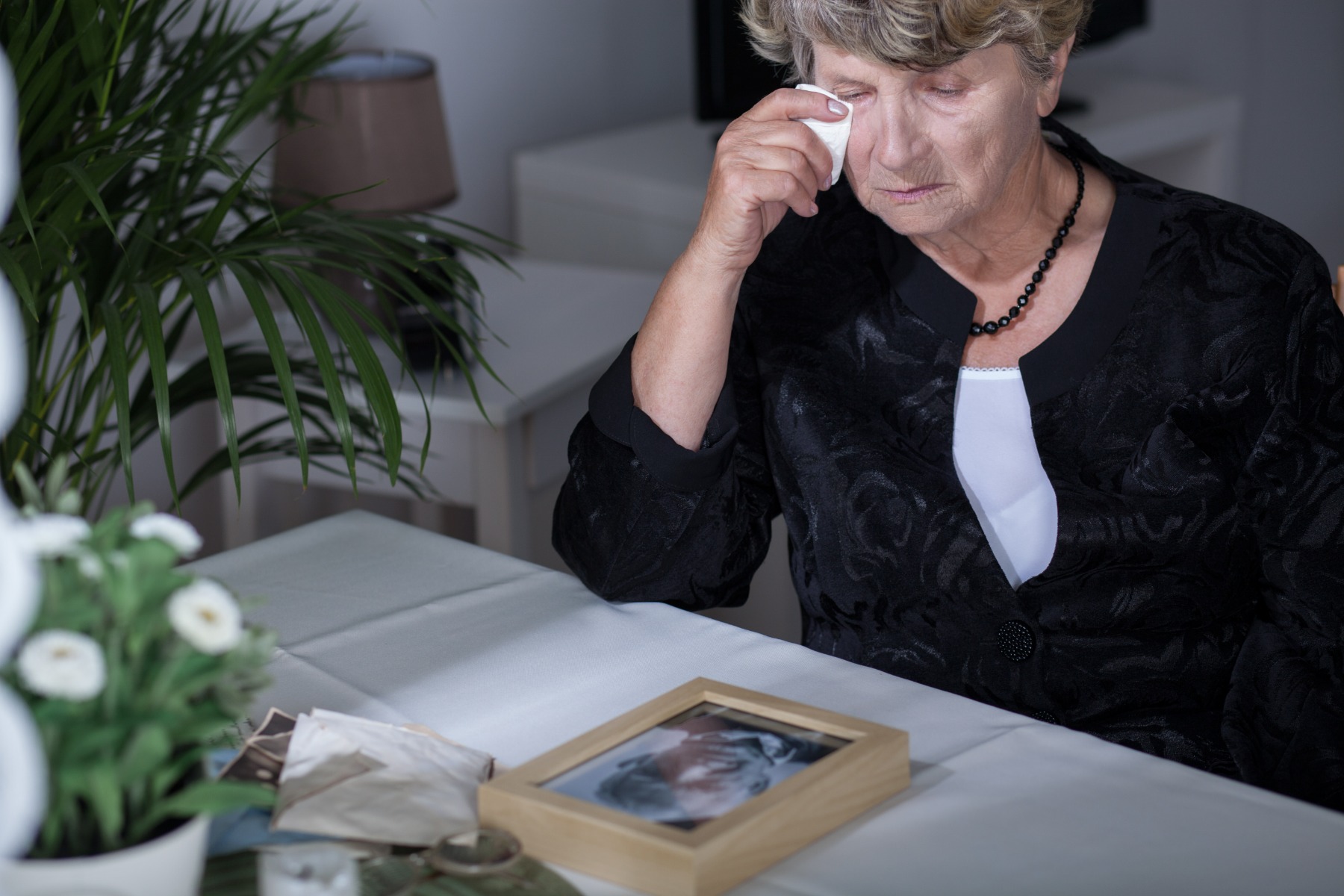
Related Content

